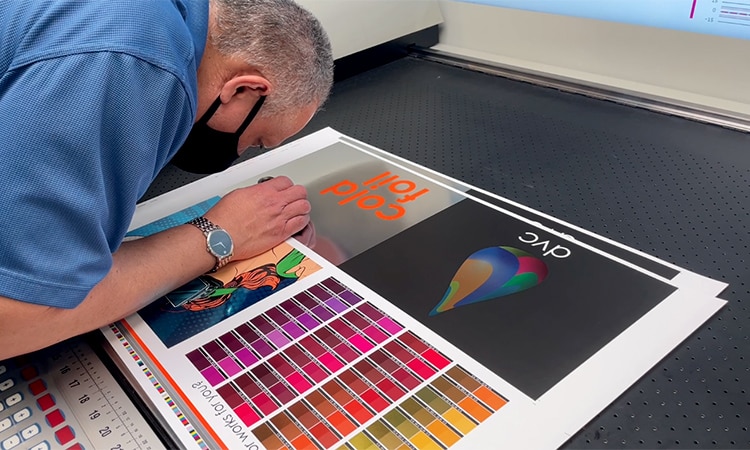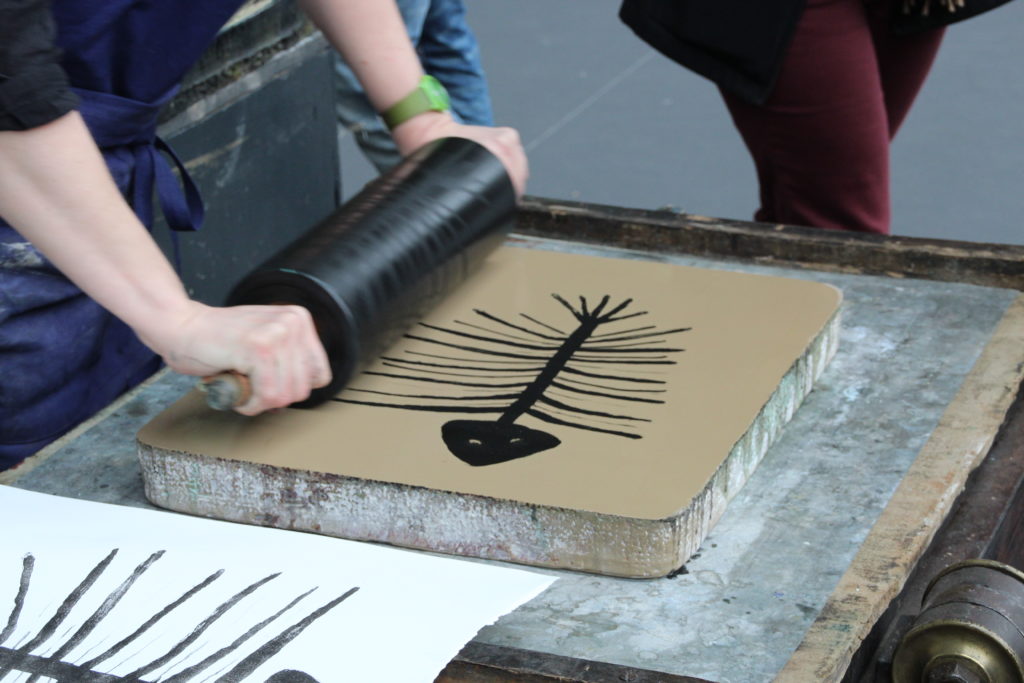How litho printing Delivers Sharp and Vibrant Prints
How litho printing Delivers Sharp and Vibrant Prints
Blog Article
A Comprehensive Overview to Comprehending Litho Printing Techniques
The world of litho printing, a method originating from the late 18th century, is a fascinating mix of background, art, science and innovation. This thorough overview will decipher the intricacies of this printing technique, from the make-up of litho inks to the difficulties dealt with in modern applications. As we venture into the details of lithography, the value of automation and sustainability in guaranteeing its future significance ends up being significantly clear. Stay with us as we journey into the exciting realm of litho printing.
The Historical Advancement of Litho Printing
The historic trajectory of litho printing, a pivotal development in the realm of communication, is an exciting story of human resourcefulness. Birthed in the late 18th century by Alois Senefelder, this method was initially an economical technique of publishing theatrical works. Lithography, stemmed from the Greek words for 'stone' and 'to create', utilized a smooth rock surface to transfer pictures onto paper. The procedure progressed with the arrival of the rotating press, which substantially raised productivity (litho printing). In the 20th century, the development of balanced out lithography transformed the sector, permitting automation of high-quality prints. Each phase of litho printing's evolution showcases humankind's ruthless pursuit of effectiveness and high quality in visual communication.
Decoding the Science Behind Litho Printing Inks
Relocating onward in the exploration of litho printing methods, the emphasis currently shifts to the scientific research behind litho printing inks. The make-up of these inks, their drying process, and color mixing methods form the foundation of this complex art type. Comprehending these aspects is critical to understanding the craft and accomplishing the wanted print outcomes.
Structure of Litho Inks
In lithographic printing, the fundamental function of litho inks can not be overemphasized. The structure of litho inks differs depending upon its objective, but typically, they are composed of two primary components - automobiles and pigments. Pigments, the color-providing elements, are carefully ground fragments put on hold in the lorry, a liquid that carries the pigment onto the printing surface area. The automobile is a complex blend of solvents, resins, and oils, which affect the ink's drying out time, adhesion, and gloss. Furthermore, various additives exist to improve specific residential or commercial properties like circulation, drying out, and resistance to environmental impacts. Each component plays an important part in the final print's high quality, making the specific formula of litho inks an elaborate science.
Ink Drying Process
From the composition of litho inks, attention turns to the interesting procedure of ink drying. The drying out procedure is vital, as it affects the final print's top quality and durability. 2 key methods are utilized in litho printing: oxidative drying out and absorption. Oxidative drying entails the ink reacting with oxygen airborne to form a hard, completely dry movie. This method provides a sturdy coating, however can be slower contrasted to absorption. Absorption, on the various other hand, involves the ink seeping right into the paper fibers, which is a faster process yet can cause much less dynamic colors. The option in between these methods is dependent upon elements such as print rate requirements, the paper type made use of, and the desired finish.
Shade Mixing Techniques
While the drying process plays an essential function in litho printing, the science of color blending strategies holds equivalent relevance. This is a complicated process that involves the careful mixing of primaries: cyan, magenta, and yellow, in differing percentages to attain a broad array of shades. The enhancement of black ink, called 'key', assists in controling the intensity and depth of the colors. The scientific research behind litho printing inks additionally takes into consideration the transparency of the ink, which impacts how shades overlay and mix. To accomplish an effective shade mix, print experts must also recognize the ins and outs of ink habits, shade theory, and the physical homes of the substrate on which the ink is used.
The Art and Style Elements in Litho Printing
Litho printing breathes life right into art and style with its special elements. The process includes creating a picture on a lithographic limestone plate or steel plate with a smooth surface area. The image is then published onto a tool, typically paper, by moving the ink from the plate. What collections litho printing apart is its capacity to replicate complex styles with high integrity, making the outcome nearly the same to the initial art work. This is accomplished with making use of different line methods such as hatching, cross-hatching, and stippling, which enable for a series of tonal results. Litho printing fits a range of colors, enabling musicians to produce vibrant and dynamic prints. This combination of precision and convenience makes litho printing a recommended selection for numerous artists and designers.
Modern Applications of Litho Printing Methods
Litho printing strategies have actually discovered extensive usage in the modern-day business field. Its impact and importance remain to expand with the development of new innovations and technologies in the area. This area will certainly discover these contemporary applications and the transformative duty they play in the printing industry.
Commercial Litho Printing Uses
In today's electronic age, one might question concerning the significance of standard printing techniques. Yet, litho printing continues to be a critical component of the business sector. High-volume printing tasks, such as the manufacturing of books, papers, and product packaging, depend on litho printing for its capability to supply remarkable photo high quality and cost effectiveness. The procedure, which includes transferring an inked photo from a plate onto a rubber covering and after that to the printing surface, provides unmatched consistency. This makes it suitable for work requiring a large print run. Litho printing likewise provides a broad color spectrum, premium to that of digital printing. This makes it the best option for tasks that require dynamic, high-quality shade reproduction.
Innovations in Litho Printing
Pressing the borders of standard techniques, modern developments have sustained a host of advancements in litho printing. These developments have not just enhanced the top quality and effectiveness of litho prints but also expanded its application range. One popular development is digital litho printing, which combines the virtues of electronic modern technology with litho's high-grade result. This crossbreed version uses faster arrangement times, decreased waste, and enables on-demand printing. An additional significant development is the intro of environmentally friendly inks. These inks, made from vegetable or soy-based services, have dramatically decreased the industry's ecological effect. litho printing. Additionally, the development of advanced plate technology has streamlined the printing procedure, resulting in sharper images and enhanced color fidelity. These technologies highlight the official statement enduring relevance of litho printing in the modern globe.
Checking out the Process of Litho Printing: Detailed

Difficulties and Solutions in Contemporary Litho Printing

In spite of the precision and custom that browse around these guys litho printing happily upholds, it is not without its set of contemporary difficulties. The most widespread issues include the high first arrangement price, trouble in printing variable data, and ecological worries due to chemical use. Services are emerging as modern technology evolves. Digital litho printing permits economical brief runs and very easy personalization, resolving the issue of variable data. Environmentally-friendly inks and much safer plate-making procedures minimize ecological worries. In addition, advancements in automation have decreased labor costs, even more democratizing the lithography procedure. Therefore, while there are difficulties, the litho printing sector is proactively adapting to meet them head-on, ensuring its relevance in the future.
Verdict
Finally, litho printing, with its rich history and clinical details, holds a substantial area in the print market. As the guide discloses, it's a synthesis of art and innovation, with contemporary improvements ensuring its importance. The industry encounters obstacles that call for ingenious options, with an emphasis on automation and sustainability. The future of litho printing hinges on its ability to adapt to these altering needs, attesting its enduring value in an advancing market.

Report this page